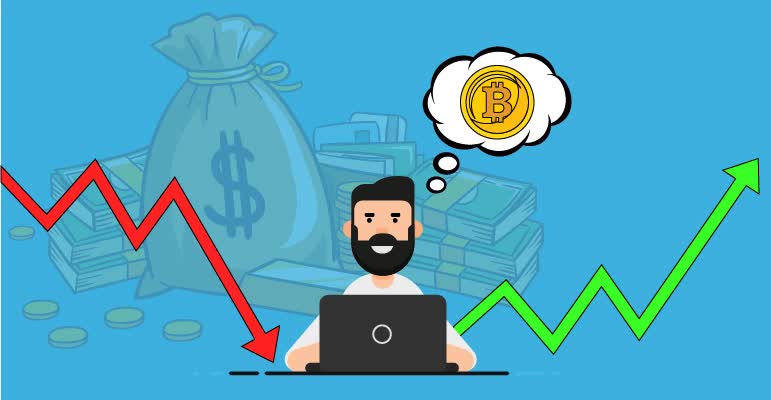Stop-Limit Order
A stop-limit order is a type of trading order that combines the features of a stop order and a limit order. It is triggered when the market price reaches a predetermined stop price, converting the order into a limit order. The trade will then only execute at the specified limit price or better, providing traders with more control over the execution price.
Table of contents
What is a Stop-Limit Order?
A stop-limit order is a conditional trade that combines two distinct price levels: the stop price and the limit price. When the stop price is reached, the stop-limit order becomes a limit order. The trade will then execute only if the market price meets or exceeds the specified limit price.
For example, suppose a trader holds Ethereum (ETH) and wants to protect against a significant price drop. They might place a stop-limit order with a stop price of $1,500 and a limit price of $1,490. If the price of ETH falls to $1,500, the stop-limit order is activated, converting it into a limit order to sell at $1,490. The order will only be executed if the market price is at or above $1,490.
Benefits of Stop-Limit Orders
- Risk Management: Stop-limit orders provide a way to protect against significant losses by specifying a price at which the trade should be executed. This is particularly useful in volatile markets, where prices can change rapidly.
- Price Control: Like limit orders, stop-limit orders allow traders to set a specific price at which they are willing to buy or sell an asset, ensuring that the trade is only executed under favorable conditions.
- Automated Trading: Stop-limit orders enable traders to automate their trading strategies, reducing the need to constantly monitor the market. This is especially beneficial for those who cannot keep track of price movements 24/7.
Potential Drawbacks of Stop-Limit Order
While stop-limit orders offer significant benefits, they also come with risks. The primary drawback is that the market price might never reach the limit price after the stop price is triggered, resulting in the order not being executed. In volatile markets like the cryptocurrency markets, prices can skip over the limit price, leaving the trader with an unexecuted order and potential exposure to further adverse price movements.
Conclusion
Stop-limit orders are a powerful tool for cryptocurrency traders looking to manage risk and control their trades with precision. By combining the stop price and limit price, traders can protect their investments from significant losses while ensuring that trades are executed at favorable prices.
Browse the Paybis Glossary to master more Web3 lingo!
Alternatively, explore related terms and articles below.
Disclaimer: Don’t invest unless you’re prepared to lose all the money you invest. This is a high‑risk investment and you should not expect to be protected if something goes wrong. Take 2 mins to learn more at: https://go.payb.is/FCA-Info


